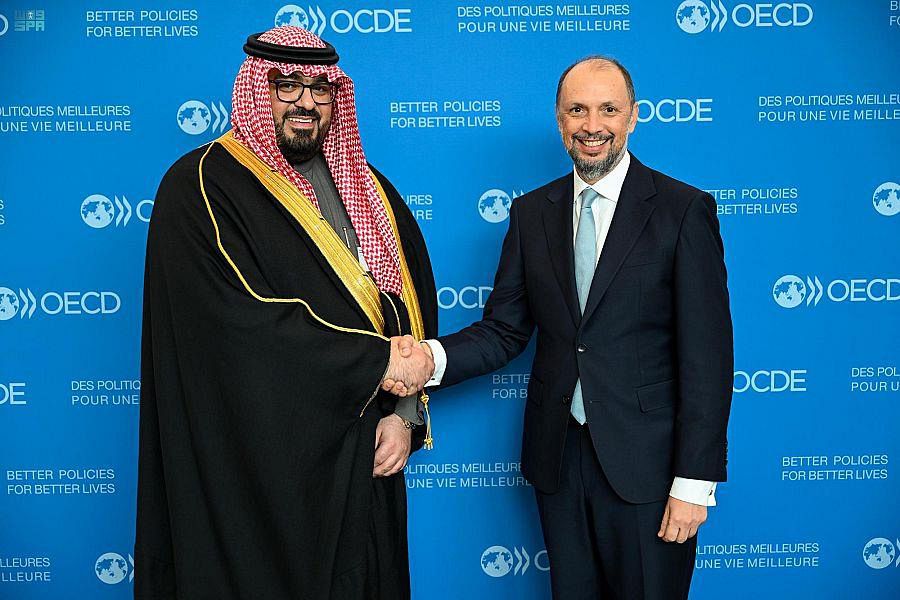
After a painful and agonizing eight-year war with Iraq, Iran worked to rebuild its industrial, economic, scientific, and military infrastructure, which the war heavily destroyed, and to engage in formulating a new strategy throughout the region, based on deterring threats from neighboring countries or the Middle East.
In other words, the Persian state sought relentlessly and thoughtfully to expand its influence in several directions, in order to prevent the recurrence of any scenario that would endanger the Islamic revolution and its ruling regime.
The country was lucky enough in 2003 when its interests converged with Washington’s decision to topple Saddam Hussein’s regime. Here, Iran had a golden opportunity to interfere in Iraqi affairs and work to consolidate Shiite influence in it.
Iran began expanding the base of the Shiite political forces inside Iraq and devoted all its political, security and financial efforts to achieving this goal. It drove on several parallel axes to influence and try to control the Iraqi decision, by engaging directly with the new Iraqi leaders who supported it when they were in the opposition.
When ISIS came out in 2014, occupied about a third of Iraq’s area and tightened its control over major cities in the north, west, and central Iraq, Tehran was quick to provide the country with weapons, equipment, experts, and advisers.
Led by General Qassem Soleimani, the commander of the Iranian Quds Force, the war against ISIS was fought by the Popular Mobilization Forces, which are mostly armed factions loyal to Tehran.
Soleimani was the spiritual father and the military and ideological commander of these factions.
When the war ended, some of these factions turned into political movements, with the aim to expand the base of Shiite sympathizers with Tehran. Those participated in the 2018 elections and won, as expected, due to two factors: the Iraqi street acknowledging their role in eliminating the threat of ISIS, and the unlimited Iranian support they received during the electoral race.
The new movement enjoyed a wide and influential representation in the Iraqi parliament, and it was not satisfied with that; rather, it hurried to form a strong coalition gathering about 45 seats. This coalition was the nucleus of a larger alliance – Al-Binaa, which is now leading the Iraqi political scene.
Obviously, Al-Binaa Alliance had a great role in choosing the speaker of parliament and naming the prime minister. It also worked on enacting a new law for a new military institution - the Popular Mobilization Authority – to which it earmarked a large budget as of 2019.
The components and factions within Al-Binaa also acquired an abundant share of ministerial seats, positions, and senior ranks in the country. This contributed greatly to strengthening economic ties with Tehran, and the volume of Iranian exports to Iraq reached about $15 billion.
When the dispute between the US and Iran intensified following the missile attack that targeted Qassem Soleimani and Vice President of the Popular Mobilization Authority, Abu Mahdi Al-Muhandis, near Baghdad International Airport, Al-Binaa Alliance adopted a parliamentary resolution calling for the exit of foreign forces from Iraq, specifically intended for US forces.
It is noteworthy that Iran has strong relations with other components, such as the Sunnis and the Kurds, and has close ties to some of the Sunni political forces and the ruling Kurdish parties. This allows it to serve its interests at the local and regional levels.
The Iranian influence equation changed after two important events: First, the unprecedented mass demonstrations erupting in Baghdad and the cities of central and southern Iraq in October 2019; second, the assassination of Soleimani and Al-Muhandis and their absence from the scene.
The repercussions of the first event reached the point of hearing loud chants from Iraqi youth in Shiite cities, foremost of which are both Najaf and Karbala, denouncing the Iranian presence and calling for its ousting.
On the other hand, the assassination of the two leaders greatly affected the strength of the Iranian presence inside the Iraqi arena, and it seemed difficult to find other figures to replace them and compensate for the significant influence they had in the Shiite and popular political circles.
Moreover, there is a difference of visions about the future of politics in Iraq, as Iran is based on the principle of Wilayat al-Faqih”- while the authority in Najaf does not agree with this approach.
Sayyed Ali Al-Sistani had previously opposed Iraq’s commitment to “Wilayat al-Faqih.” He worked hard to curb Iranian influence in Najaf and cut the way for Iraq to be implicated in Iran’s regional and international conflicts, through Friday sermons delivered by his representatives.
There is no doubt that Iran is now in the process of reviewing its regional policy, by drawing roles, identifying tools and creating new influencing factors...
More importantly, Tehran is studying how to deal with the Iraqi interior and the region in light of the ongoing conflict with the US, not to mention that the Iranian economy has become weaker than ever, and the people are suffering from both the regime policies and the repercussions of the US sanctions.
Therefore, the Iranian leadership is now reviewing its calculations - in Iraq in particular – which was reflected in its non-interference in the formation of the expected government of Muhammad Tawfiq Allawi, while its fingerprints were long seen in all successive Iraqi governments.











